
Subject matter as currency
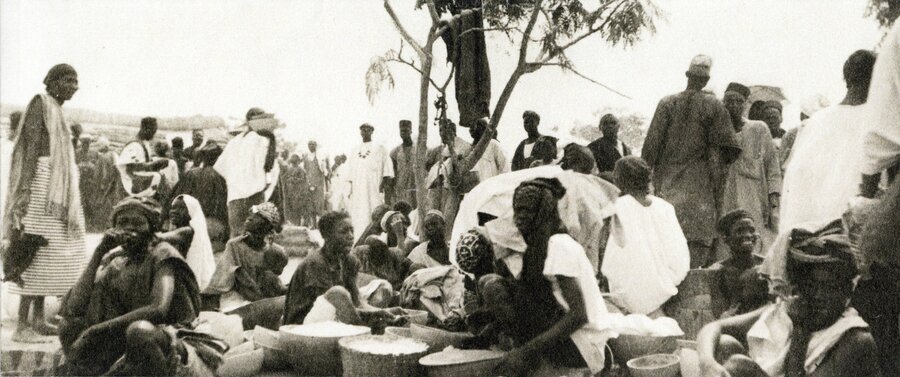
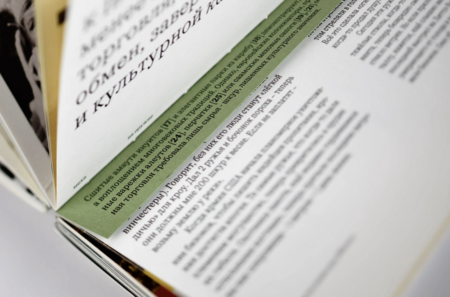
The world was selling when there wasn’t any money. The subject, its beauty and rareness, played a key role in human exchange processes and formed both dominant civilizations and their dependent peoples. The book consists of two cross-cutting structures — a large storytelling part and a mini-gallery. The link to gallery exhibits is built through green boxes with numbers related to the corresponding museum exhibit: British Museum and The Metropolitan Museum of Art Buses, furs and fabrics formed the basis for the study of prevailing cultural paradigms and are the chapters of the book.
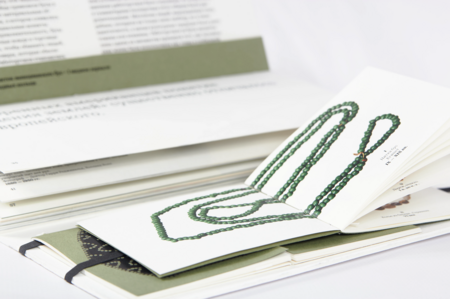
Gallery books allow for a better understanding of the history of trade through the lens of material culture, where every numbered exhibit becomes the key to understanding the economic relations of the past


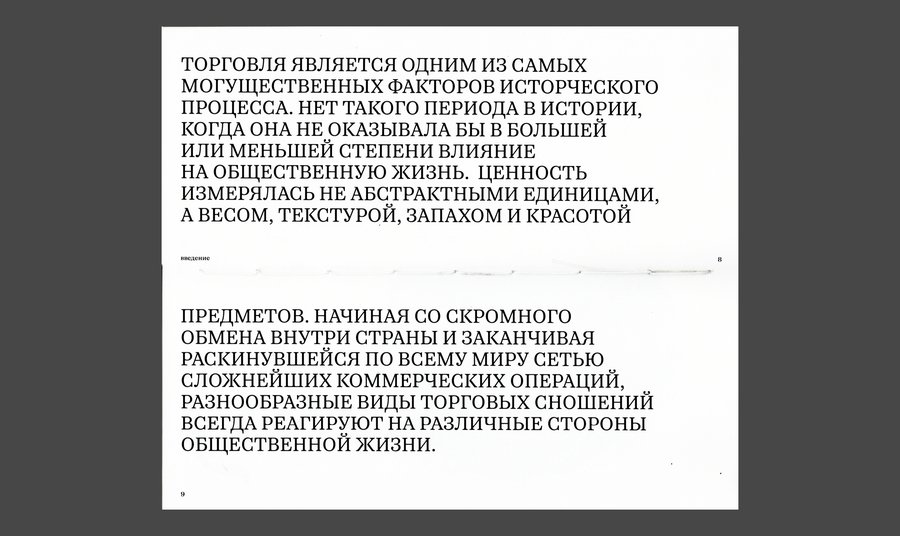

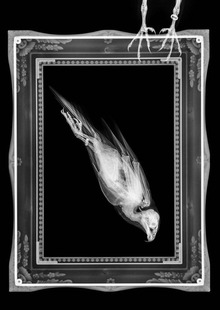
![archive [01] archive [01]](https://files.mediiia.ru/projectimages/1713/643b277f785d4bd0a8d39ba0c2dc2a2d/db4768a4a0df4d1d9a3cde0e430bbbb3220x312.jpg)
